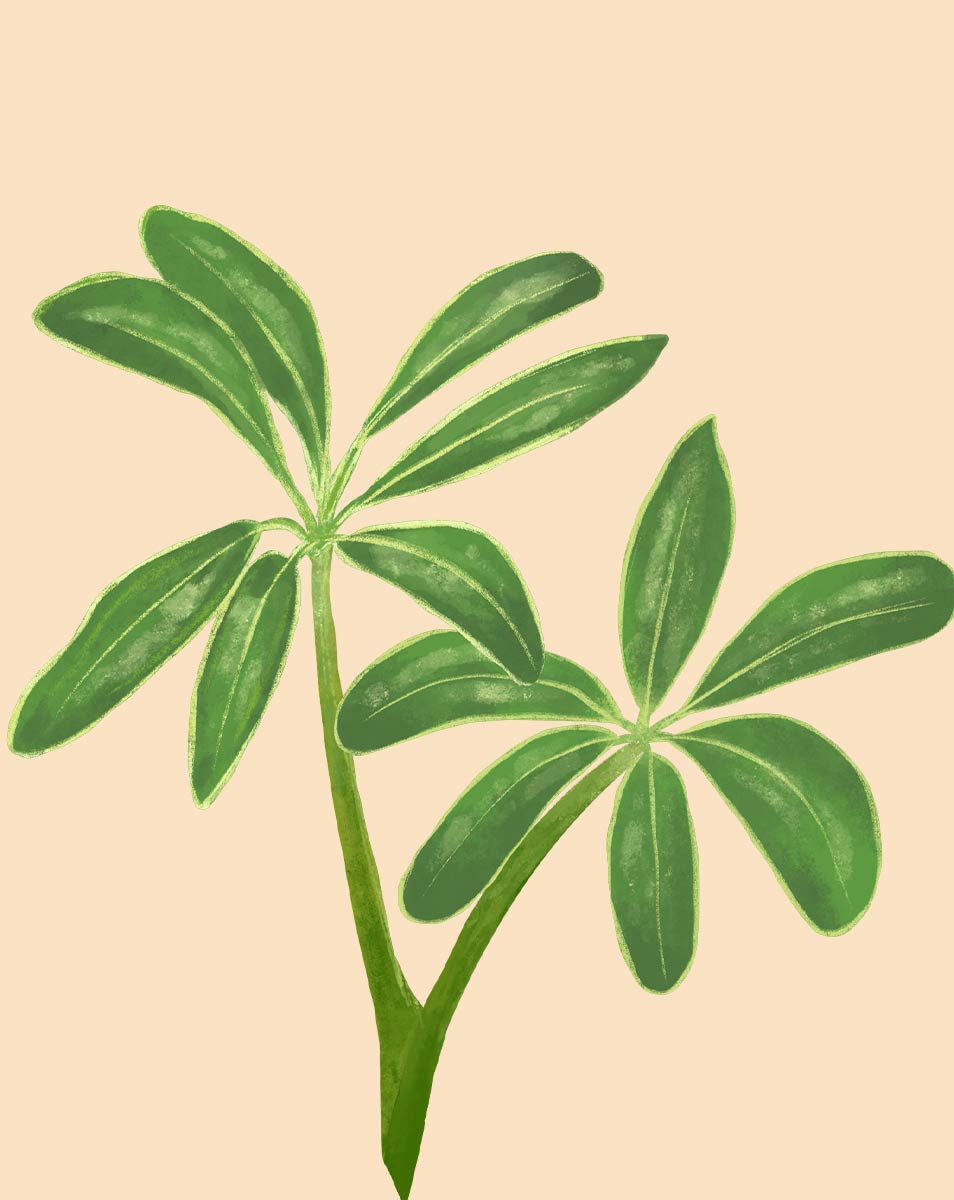Preferred Humidity: 40 - 60%; Moderate Humidity
Schefflera requires a humidity between 40% and 60%, so the plant doesn't dry out. Use a humidifier to keep the humidity at the level you want. You can make a humidity tray if you don't have a humidifier. Put a shallow tray of water next to the plant and set the Schefflera on it. As the water evaporates, the humidity around the plant will go up. Don't put Schefflera near air vents or other places where dry air comes out, like heaters or air conditioners. Direct airflow can cause the leaves to dry out and fall off. By putting plants together, you can increase the humidity in the room. This is because plants release moisture into the air when they breathe. By putting Schefflera with other houseplants, you can make a mini greenhouse. Mist the Schefflera's leaves often with water that is at room temperature. This will not only make the air more humid, but it will also get rid of dust and make the leaves look better.




















